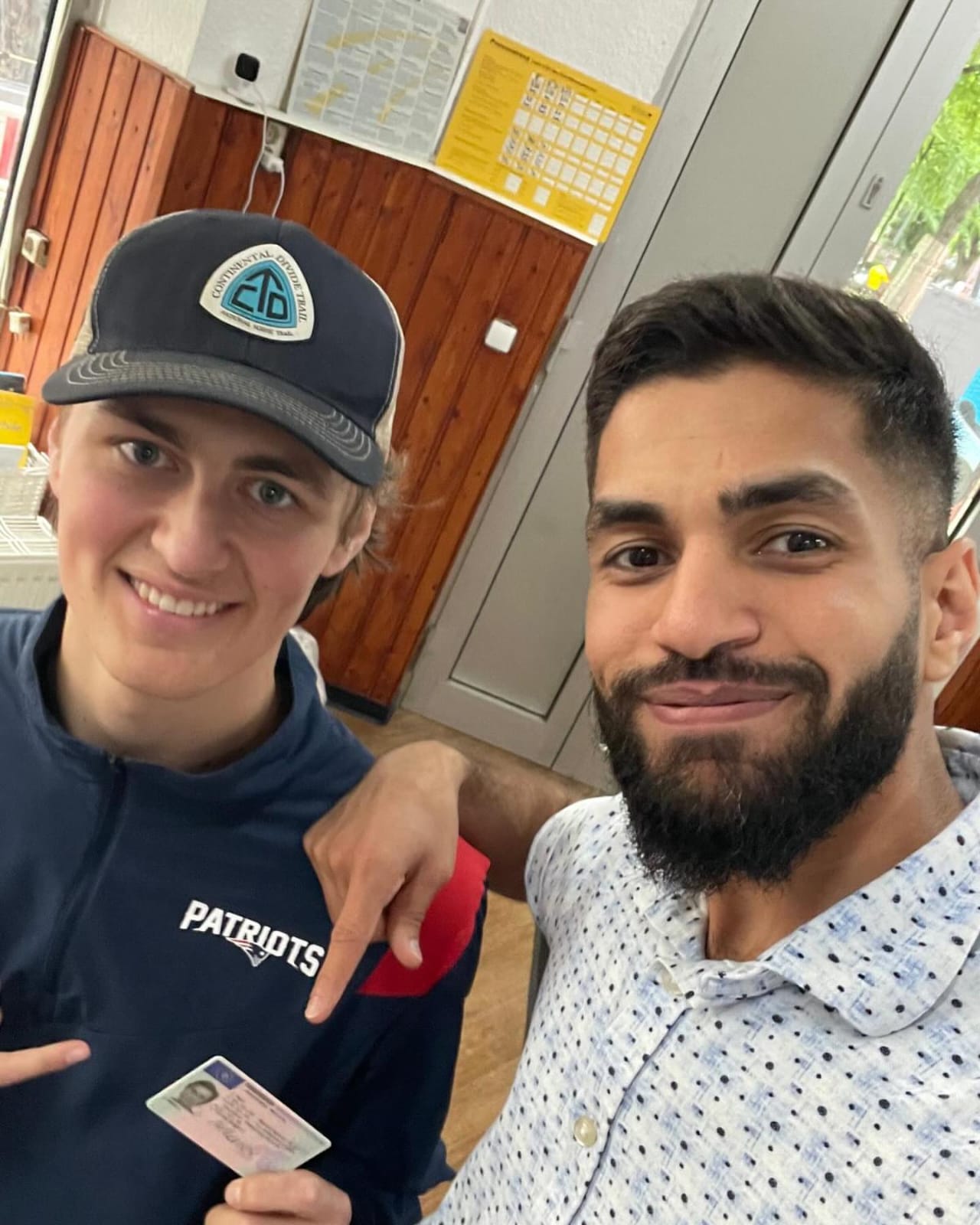How Much Can Driving Licenses B Experts Make?
Understanding Driving Licenses: Types, Requirements, and Frequently Asked Questions
Driving is an essential element of modern life, and getting a driving license is a vital milestone for numerous individuals. This post checks out the various kinds of driving licenses offered, the requirements to get them, and answers frequently asked questions related to the subject. kupić prawo jazdy z wysyłką -informed viewpoint on driving licenses can assist people comprehend the value of picking the appropriate type of license to meet their needs.
Kinds Of Driving Licenses
Driving licenses can vary between nations and regions, however they normally fall into several significant categories. The following table sums up the most typical kinds of driving licenses, including their purposes and typical restrictions.
Type of License
Description
Common Restrictions
Eligibility Age
Learner's Permit
Permits novice drivers to practice.
Need to drive with a certified grownup.
16-18 years of ages
Class C License
Requirement license for traveler vehicles.
No constraint on variety of passengers.
18 years or older
Class A License
Commercial license for big automobiles.
Must follow more stringent policies.
21 years or older
Class B License
For driving buses and larger lorries.
May need special endorsements.
21 years or older
Motorcycle License
For operating motorbikes.
Must use a helmet; differs by state.
16-18 years of ages
International License
Permits legal driving in foreign nations.
Must have a legitimate domestic license.
18 years or older
Learner's Permit
The learner's authorization is the primary step for many individuals venturing into the world of driving. This authorization allows newbie drivers to practice driving under monitored conditions, normally requiring a certified adult over a specific age to accompany them in the lorry.
Class C License
The Class C license is the most frequently held driving license, permitting individuals to operate standard passenger automobiles. This license typically has less constraints compared to other categories.
Class A and B Licenses
Class A and B licenses are required for operating industrial automobiles. These licenses require unique training and testing, making sure that motorists are geared up with the abilities needed for navigating larger and more intricate lorries safely.
Motorcycle License
People thinking about riding motorcycles should obtain a motorcycle license, which can require additional training and testing. Security gear, such as helmets, is often mandated by law.
International License
An international driving license enables individuals to drive in foreign countries, but it is important to have a valid domestic driving license in combination with the worldwide authorization.
Requirements to Obtain a Driving License
The requirements for acquiring a driving license can differ significantly by jurisdiction. However, there prevail steps and requirements that many candidates will experience. Below is a list of basic requirements:
Age Requirement:
- Minimum age differs; learner's permits are typically provided at 16, while complete licenses may need candidates to be 18 or older.
Vision Test:
- Most jurisdictions require applicants to pass a vision test to make sure safe driving abilities.
Written Test:
- New motorists must pass a composed exam that covers traffic laws, road signs, and safe driving practices.
Driving Test:
- Practical driving tests are performed to demonstrate a candidate's capability to run a car safely under different conditions.
Costs:
- Payment of application and testing fees is typically needed.
Proof of Identity:
- Applicants should supply legitimate recognition, such as a passport or birth certificate, along with evidence of residency.
Adult Consent (for minors):
- Parental or guardian consent is often needed for candidates under the age of 18.
Comprehending the various types of driving licenses and their involved requirements is vital for anybody looking to drive lawfully and safely. Each license serves a distinct function, dealing with different driving needs, from basic lorries to industrial transportation and motorcycles. By meeting the needed criteria and sticking to guidelines, aspiring chauffeurs can enjoy the flexibility of driving while guaranteeing their safety and the safety of others.
Often Asked Questions (FAQs)
What do I require to bring when getting a driving license?
- You generally need to offer recognition, proof of residency, and any required application fees. Contact your regional DMV or licensing authority for specific requirements.
For how long does it require to get a driving license?
- The timeline can differ based upon individual situations, such as how quickly one can complete the needed tests, and whether there is a stockpile at the licensing authority.
Can I drive with a learner's permit?
- Yes, but you need to be accompanied by a certified driver and comply with constraints set by your regional laws.
What takes place if I stop working the driving test?
- You generally have the choice to retake the test after a designated waiting duration, which varies by jurisdiction.
Is it necessary to take a driving course?
- While not always necessary, taking a chauffeur's education course can be advantageous and is often needed for individuals looking for a learner's authorization.
By being informed about the types of licenses available, the requirements essential for getting one, and the related guidelines, possible motorists can navigate the procedure of acquiring a driving license with confidence.
